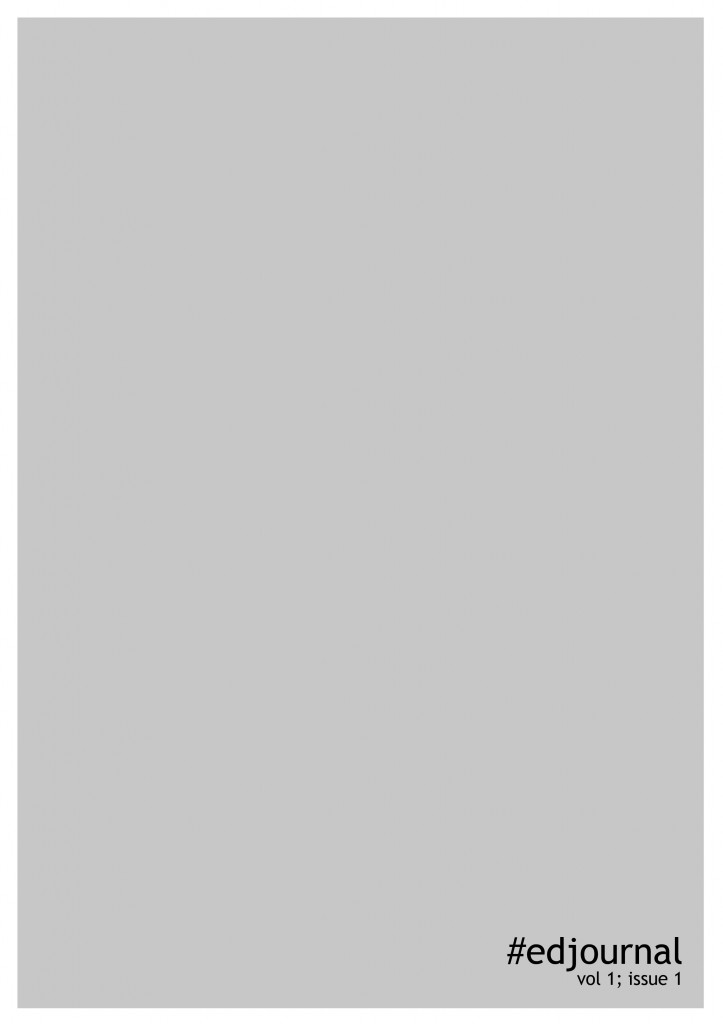Continuing the narrative on QR codes David Mitchell, this past week, took to stage at #tmbpool3 demonstrating how he has used QR codes to connect the myriad of online content produced by his students to the work they produce in their books. Using a beautifully designed Prezi and actual students books he showed how he was addressing the problem of evidencing where work and assessment is happening for parents, Ofsted, and more importantly for the students and themselves as educators. The post, titled: ‘Introducing 4D Books – Linking analogue to digital‘ is well worth the read.
In controast to David I have been taking a more gradual approach to QR codes. I have simply begun to include them in a variety of places over the last couple of week. I have added some to the VLE providing links to blogs or useful websites for Media and English students. I have added some to my lesson presentations such as on homework slides and I also left a link to my cover work, via a short url and QR code, on my classroom door while I was out of school on Friday. See below.
I have not actively engaged the students as a whole class in using them yet but simply encouraged students who have a QR capable phone to download a free app and scan the code to see what happens. The response has been positive and by the end of two weeks some students scan the code on the homework slide rather than copy all the info down into their diary. I am going to continue with this approach while I am in the process of developing a whole class activity for my Media Studies class (more on this in the near future).
Finally, David Hopkins retweeted a link to a page on the blog: ‘Web2 tools for in the classroom’ about QR codes. On the page there are a variety of links to useful posts and a clear explanation of what QR codes are, with some useful ideas on how they can be used in education. I certainly like the idea of students including QR codes in their assignments to send me the teacher to a useful resource.
Want to know more about QR codes in education? The read my most read post ever!
If you have been using QR codes or have ideas please comment below or share via Twitter with the hash tag: #qrcode


